History on National Filling Factory No.1
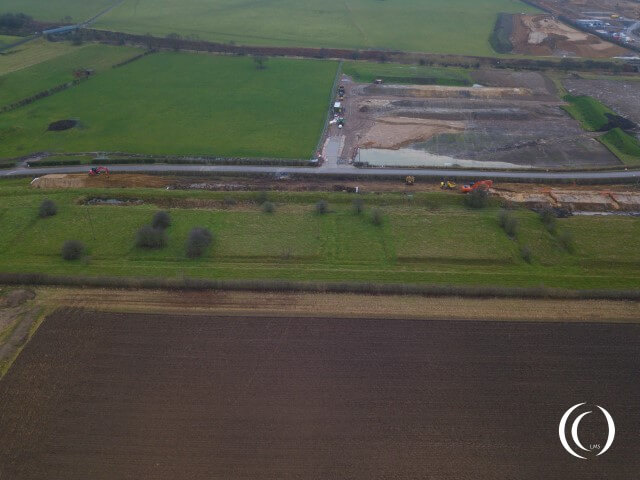
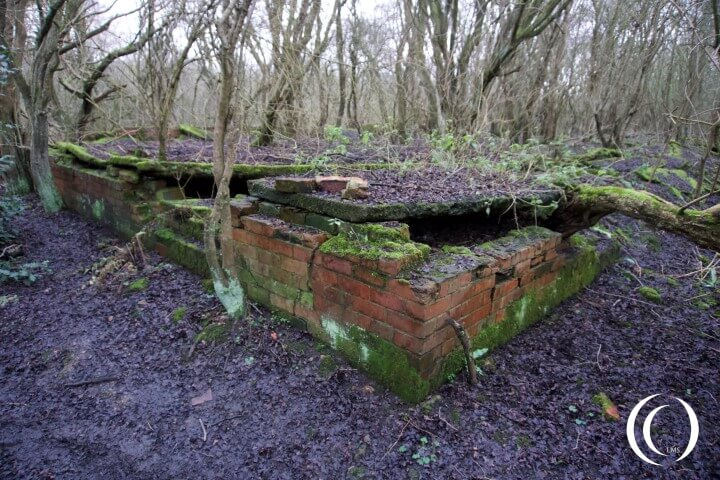
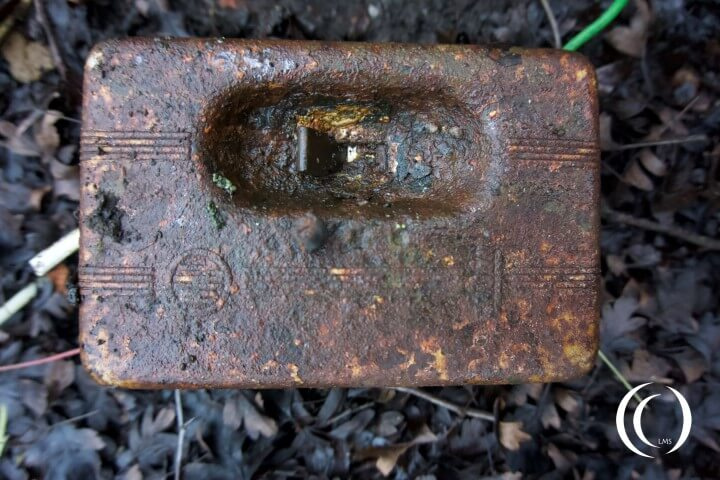
National Filling Factory No.1, also known as Barnbow, was a First World War munitions factory located at Crossgates in Leeds. The site covered over 400 acres. When war was declared, shells were being filled and armed at Leeds Forge Company, in Armley. Armley is located on the other side of Leeds to Barnbow. By August 1915 The Leeds Forge & Company was filling 10,000 shells every week. This could not match the demand for ordnance.
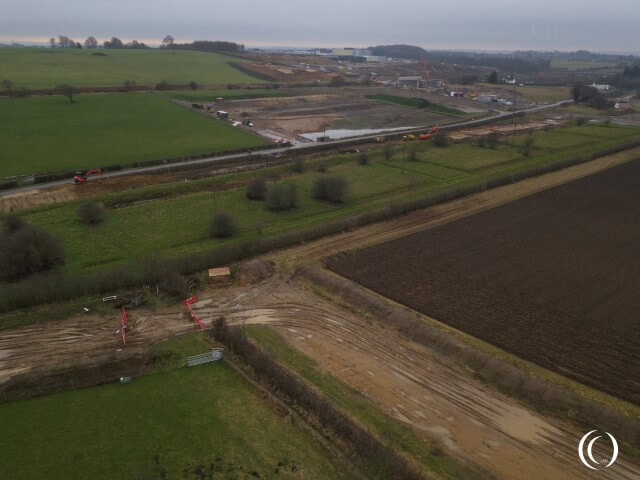
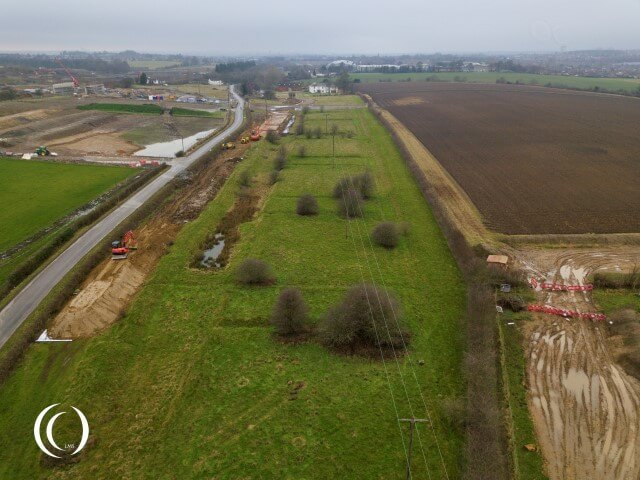
Construction of Barnbow
Joseph Watson, was a Leeds soap manufacturer. He chaired a committee to plan the building of a new Ordnance factory in Leeds. It was decided that the new factory should be built on the outskirts of Leeds near to Cross Gates, and Barnbow was born. All the infrastructure that a large factory needs, had to be put in place. Power, water and sanitation all had to be included. Extra platforms were added to local train stations to get the workers to the site. A railway line was also built to the factory to get the raw materials in and the shells out. A large number of storage magazines were built at the side of the track. These can still be seen today. Making explosives is a thirsty business and a water main was laid to deliver 200,000 gallons of water per day. There is also evidence that a local stream was dammed and water pumped in from there too.
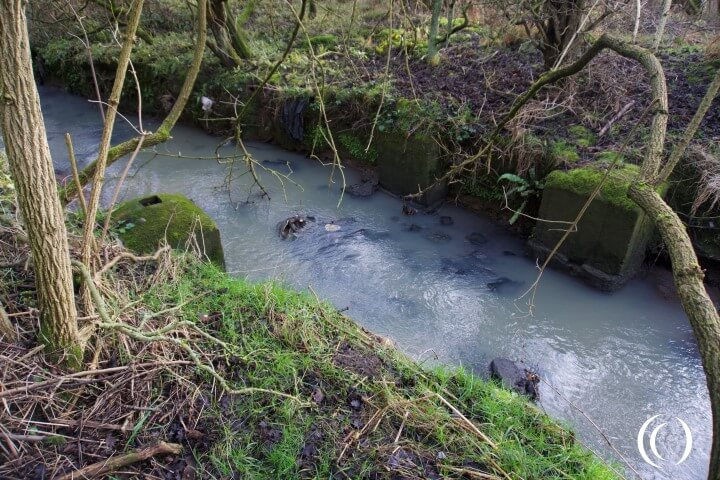
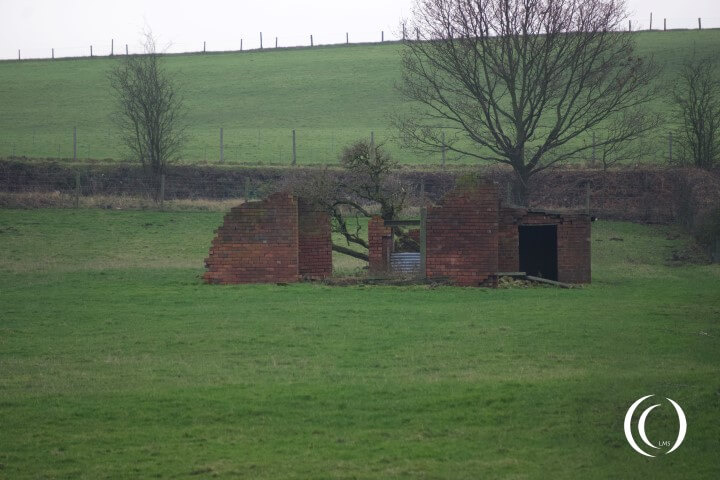
Milk for Barnbow Canaries
The factory also had a farm with a herd of 120 cows producing 300 gallons of milk per day. Working with Cordite turned the skin yellow and the only antidote was milk. Because of the yellowness of the women’s skin, the women were called the Barnbow Canaries. Shell Filling work began in December 1915
Working Conditions
By October 1916 the workforce exceeded a massive 16,000 people, 93 per cent were women and girls – the Barnbow Lasses. The women earned a basic £3 a week, but this could rise to £12 per week though bonuses for handling explosives. Staff came from all over Yorkshire. There were 38 trains a day to transport them, known as the Barnbow Specials. Conditions at the factory were not good, workers who handled the explosives stripped to their underwear, and wore smocks, caps, rubber gloves and rubber-soled shoes to avoid sparks. Cigarettes and matches were obviously banned, as were combs and hairpins to avoid static electricity. There were no holidays and shifts were eight hours long. Workers were allowed to drink as much barley water and milk as they liked
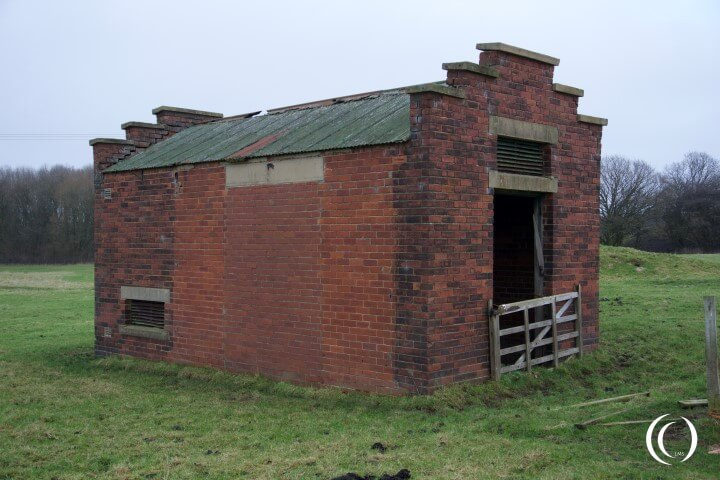
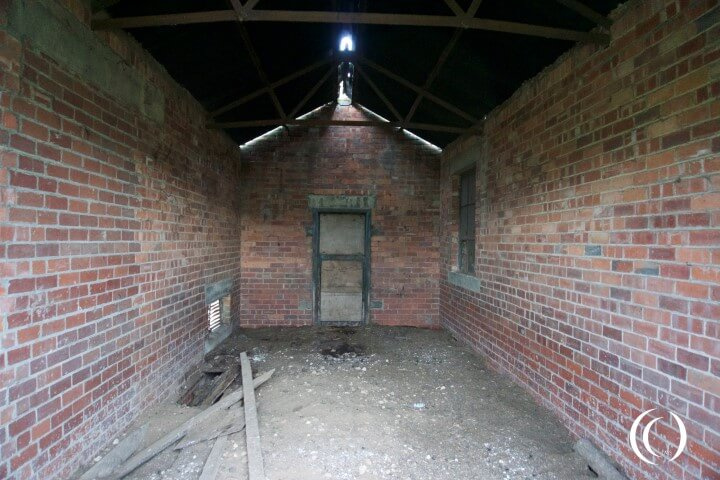
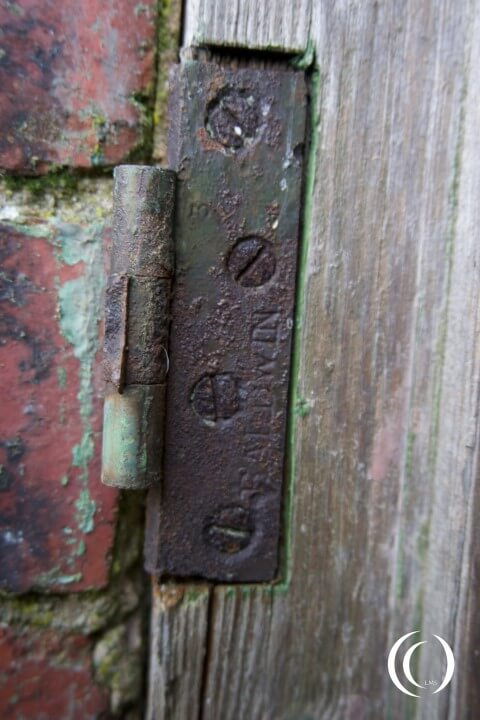

Explosion in Room 42
On Tuesday 5 December 1916, 170 women and girls had just started their night shift. 4 ½ inch shells were being filled, fused, and packed in Room 42. At 10:27 p.m. there was a massive explosion which killed thirty-five women outright, maimed and injured many more. Many of the dead were only identifiable by the identity disks. The explosion also burst the hot water pipes and a lot of the women were scalded. There is no figure of how many women were injured in the explosion. Production was interrupted only for a short time, and once the bodies were recovered, other girls immediately volunteered to work in Room 42.
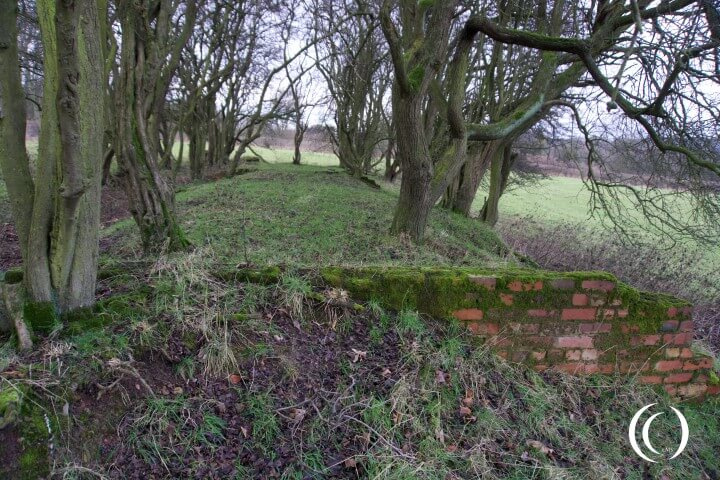
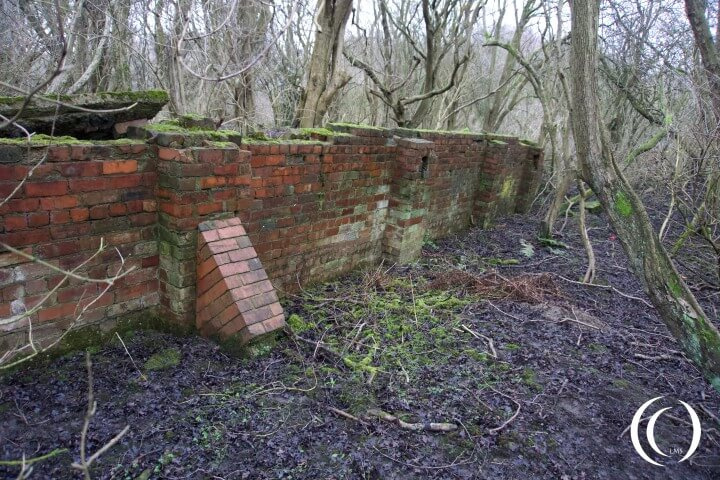
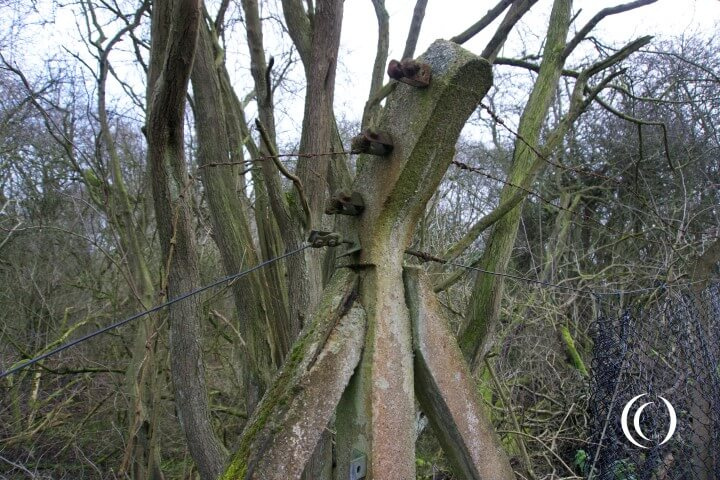
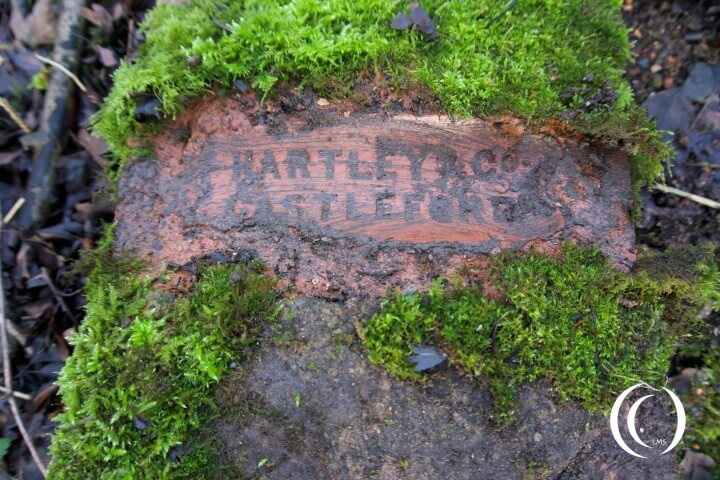
Mary Ann Cowell who worked next door in room 41, stated that the shells were filled with two bags known as bag A and bag B. But the shell had been filled with two bags of B by mistake. So the fuse didn’t go down sufficiently and when it was placed into the machine it went off.
Other Accidents
There were two other explosions that occurred at Barnbow, during the first World War.
- 21st March 1917 – killing two women
- 31st May 1918 – killing three men
None of these events were made public until 1924. Death notices appeared in the Yorkshire Evening Post, simply stating cause of death as ‘killed by accident’.
Barnbow was Britain’s premier shell factory between 1914 and 1918. By 11 November 1918, a total of 566,000 tons of ammunition had been shipped to the various fronts.
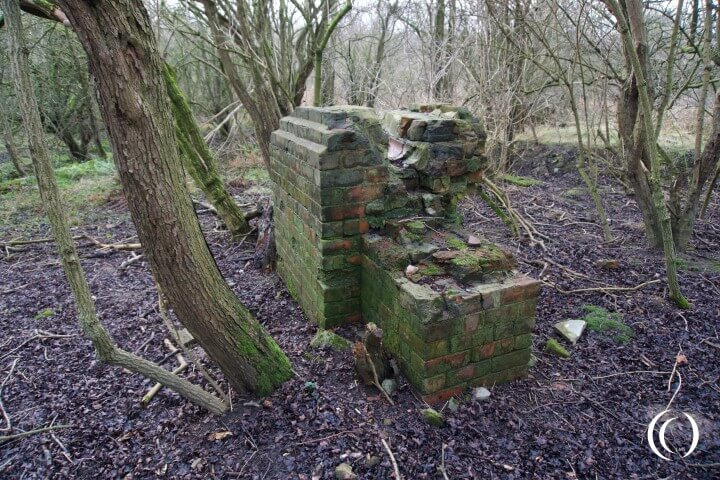
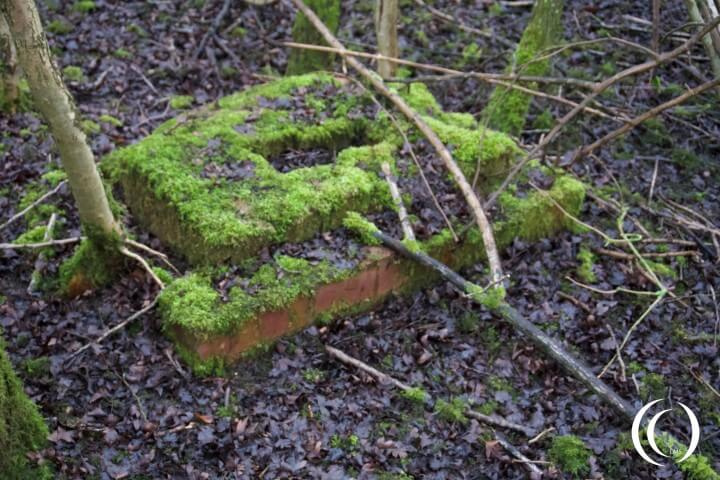
Memorials
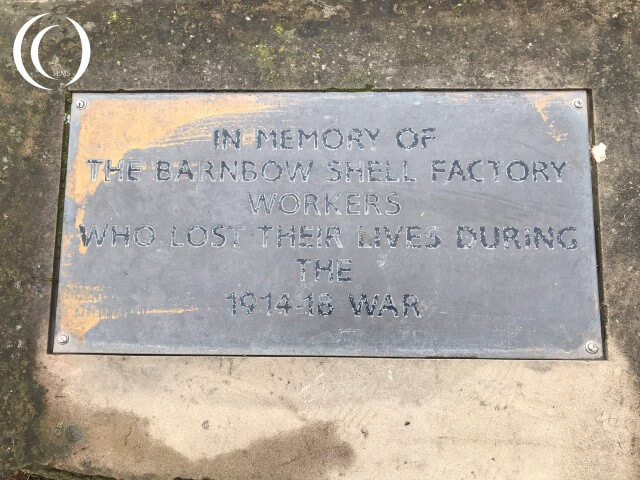
Those who died at Barnbow are now remembered at two local Memorials. One in Manston park which remembered all those killed in the 3 explosions. And one by the main roundabout in Cross Gates, that remembers the 35 women killed on December the 5th 1916. This has 35 individual name plates that set into the ground surrounding the main memorial stone.
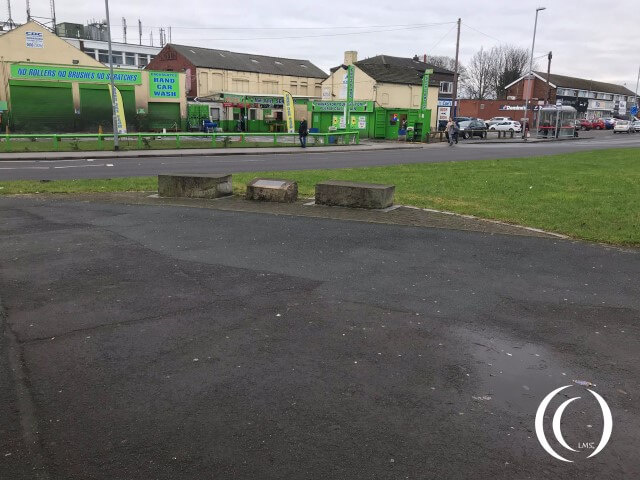
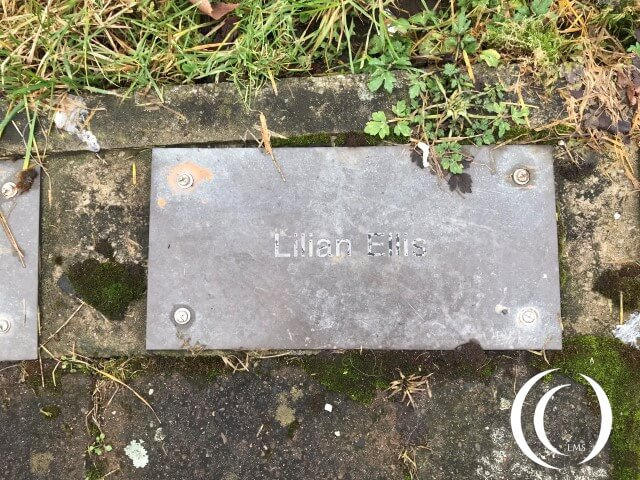

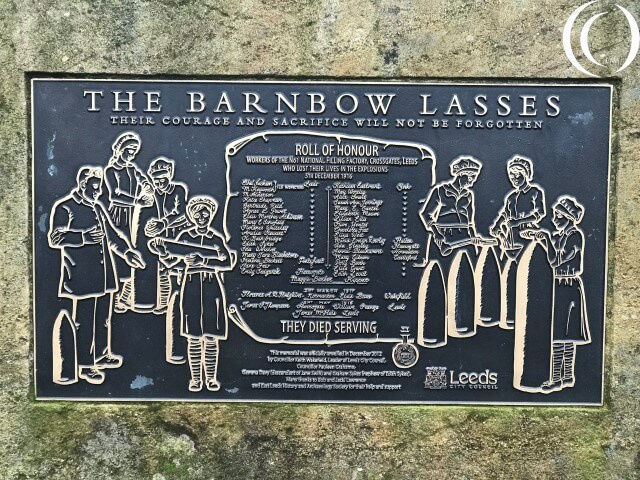
No gas shells were filled at Barnbow. These were taken to a number of other locations to be filled. The nearest one was at York. The Barbow story didn’t end there though it became a Royal Ordnance Factory and In 1986 It was then taken over by Vickers who had a site there up until 1999, manufacturing the Challenger tank.
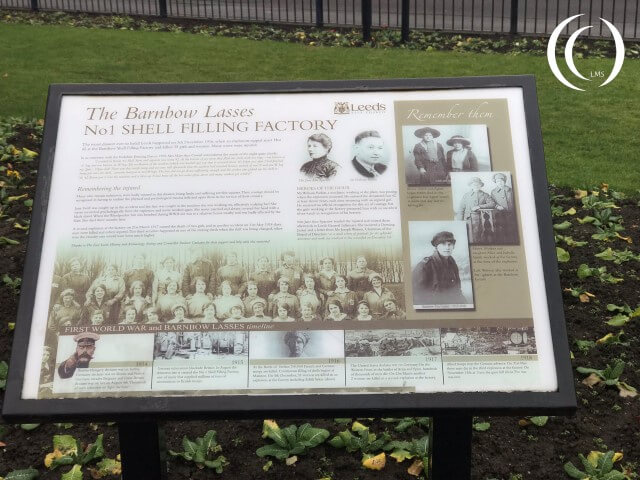
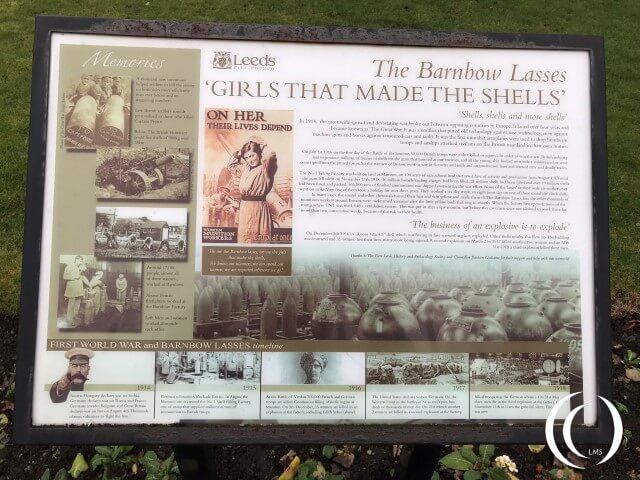
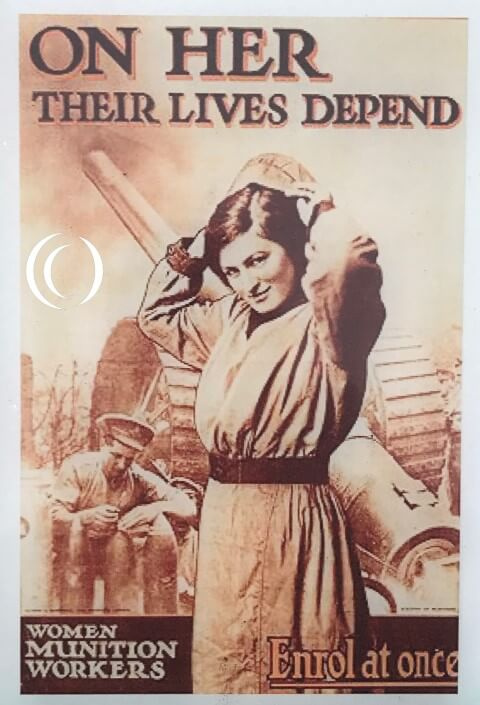
Visit National Filling Factory No. 1 Sites
 You can find the remains of the National Filling Factory No. 1 in three locations.
You can find the remains of the National Filling Factory No. 1 in three locations.
The National Filling Factory No. 1 can be found at Barnbow lane. One memorial can be found at Manston park in Leeds and the other memorial can be seen at the Crossgates roundabout in Leeds.
Photos and text by Phil Wood
Please look at the spelling in the memorial pictures in MANSTON PARK, not MENSTION PARK !
Thank you Peter
Always strikes me as odd how Joseph Watson took the title Baron Manton – when he was enobled after the war. Wonder why he didn’t pick Baron Manston (as in the location of this significantly important site).
Do you know about the Barlby, Selby, munitions activity which he was connected with? Not many seem to connect him with that either.
Mary Cowell working in Room 41 is interesting. Can you tell me where her testimony was sourced from. Barnbow authorities seem to know the room numbers ( 41, 42) but not the number of workers in Room 42 which is where the explosion on Dec 5 1916 is alleged to have happened.
Do you know about how East Leeds History Society have amended the copy of the Barnbow Roll Of Honour in their display and York Minster are examining their response to a name missing from the Women of the British Empire Memorial there?
Thanks for posting all the information you do. It’s important. Well done.
Who owns the land around Barnbow, would love to metal detect the area for missing history, especiay since this was also the site of Barnbow Hall… Cock Beck was also the site of a battle in 655… I believe I know the location but need permission from the landowner to confirm
There’s a farm round there and a golf club. I reckon the farmer owns most of it round there certainly the land between the farm and Cock Beck. Beyond Cock Beck and up the hill to where the hall was I’m not sure.
The farm is called Lazencroft Farm (or something like that – could have misremembered) and there’s usually someone about but not always just a matter of luck.
I am a Remote Volunteer for the Imperial War Museum War Memorial Register, I was just editing the memorial at All Saints Church, Pontefract and saw the commemoration on it for the ‘Barnbot Shell Filling Factory’ so looked it up and see that also called ‘Barnbow’ but there is no record of any memorial to it on the WMR as far I can see.
Would it be possible to use your images, preferably the original images but I can screengrab if necessary – with your permission of course.
I see we have two records for Chilwell, I will check in a moment whether they are basically the same and one can be removed.
We would like to reproduce the images you submit for others to freely reuse under the terms of the IWM Non Commercial Licence – http://www.iwm.org.uk/corporate/policies/non-commercial-licence. In such case, the image will be credited to yourself.
Please could I ask you to confirm that you took this photograph, that you consent for this reuse, and how you wish to be credited?
Thank you once again,
Martin
Hi Martin,
I have just sent you a DM.